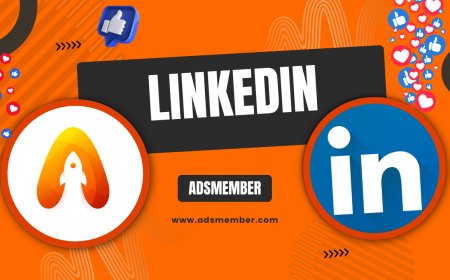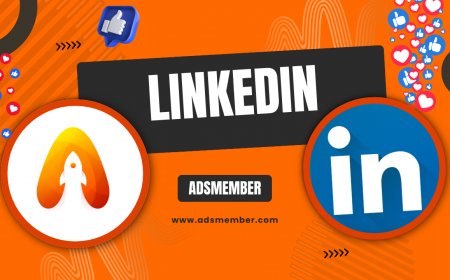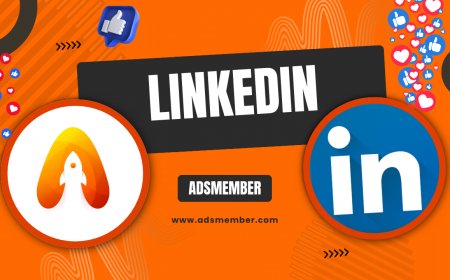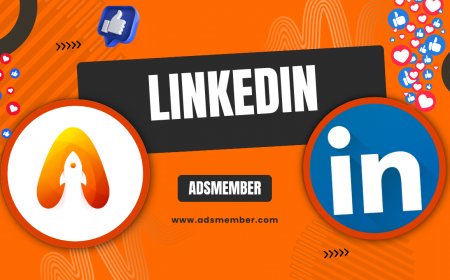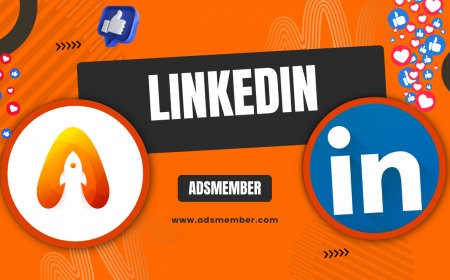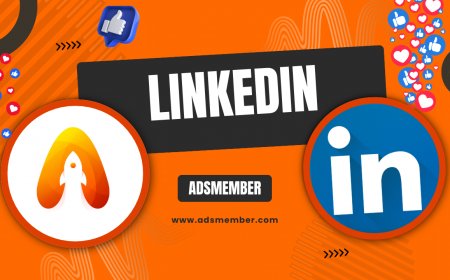How to Excel as a Campaign Manager on LinkedIn
Discover expert tips to excel as a campaign manager on LinkedIn. Learn advanced strategies, ad optimization, analytics, and unique insights to boost B2B…
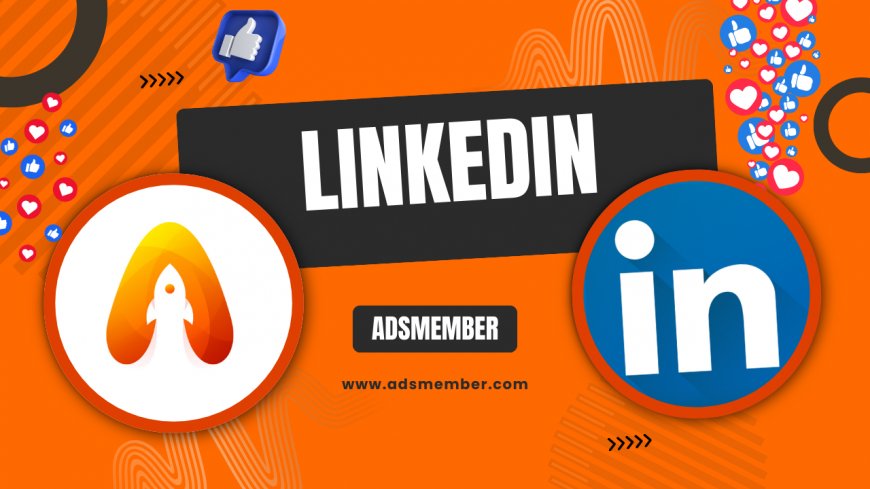
Becoming a top-notch campaign manager on LinkedIn isn’t just about setting up ads and hoping for clicks. It’s about crafting targeted strategies, diving deep into analytics, and truly understanding the platform’s B2B audience. Honestly, LinkedIn is a goldmine for professional networking and lead generation, but only if you know how to play the game. In my opinion, mastering this role can skyrocket your career or business. Let’s unpack how you can stand out with actionable tips and personal insights.
Mastering LinkedIn Campaign Manager Tools
If you’re new to LinkedIn advertising, the Campaign Manager tool is your starting point. It’s the hub where you create, manage, and track all your ad campaigns. I’ve spent countless hours tweaking settings here, and trust me, the learning curve pays off. This isn’t just a dashboard; it’s where you define your audience, set budgets, and choose ad formats like Sponsored Content or InMail.
Start by exploring the audience targeting options—LinkedIn lets you filter by job title, industry, company size, and even skills. A unique tip? Use the ‘Matched Audiences’ feature to retarget website visitors or upload a list of high-value leads. It’s a game-changer for precision. Check out more on targeting via LinkedIn Marketing Tips.
Setting Up Your First Campaign
Creating your first campaign can feel daunting, but it’s straightforward once you break it down. Log into Campaign Manager, click ‘Create Campaign,’ and choose an objective—brand awareness, lead gen, or website visits. I usually start with lead generation for B2B clients since LinkedIn users are in a professional mindset. Name your campaign something specific like ‘Q4 Tech Leads’ for easy tracking.
Next, define your audience. Narrow it down to a niche group—say, IT managers in mid-sized firms. Set a daily budget (start small, around $50), and pick a bid type. I recommend automated bidding at first to let LinkedIn optimize for you. Hit launch, and you’re live!
Optimizing LinkedIn Ads for Maximum ROI
Running ads on LinkedIn isn’t cheap—costs per click can range from $5 to $10, according to 2023 data from LinkedIn’s own advertising reports. But the ROI can be massive if you optimize correctly. I’ve seen campaigns double their conversion rates just by tweaking ad copy or visuals. Honestly, optimization is where a campaign manager on LinkedIn separates the pros from the amateurs.
Focus on A/B testing different ad creatives. Swap headlines, images, or CTAs to see what resonates. Also, keep an eye on the Campaign Manager’s analytics dashboard—it shows impressions, clicks, and cost-per-lead in real time. One overlooked tip: refresh your ad creative every 2–3 weeks to avoid audience fatigue. It’s a small tweak with big impact.
Using LinkedIn Analytics for Deeper Insights
LinkedIn’s analytics are a treasure trove if you know where to look. Beyond basic metrics, dig into demographic data to see who’s engaging—job titles, industries, or locations. I once adjusted a failing campaign targeting ‘marketing directors’ to ‘digital marketing managers’ based on this data, and clicks jumped by 30%. It’s all about refining your approach.
Another pro move? Export your data weekly to spot trends over time. Use the ‘Performance Chart’ to compare campaigns side by side. If something’s underperforming, pause it and reallocate the budget. For more on analytics, LinkedIn’s official guide at LinkedIn Business is a solid resource.
Pros and Cons of Being a LinkedIn Campaign Manager
Before diving deeper, let’s weigh the ups and downs of this role. I’ve been in the digital marketing game for years, and managing LinkedIn campaigns has its highs and lows. Here’s my take in a quick list format to break it down clearly.
- Pros: High B2B lead quality—LinkedIn users are decision-makers.
- Pros: Advanced targeting options for niche audiences.
- Pros: Great for building professional credibility and networking.
- Cons: Higher ad costs compared to platforms like Facebook.
- Cons: Smaller audience size, less reach for B2C campaigns.
Unique Strategies to Stand Out as a Campaign Manager
Anyone can run a LinkedIn ad, but excelling as a campaign manager on LinkedIn requires creativity. One strategy I swear by is leveraging LinkedIn Groups for organic reach alongside paid ads. Join industry-specific groups, share valuable content, and subtly promote your campaigns. I did this for a SaaS client, and it boosted our ad engagement by 15% without extra spend.
Another underused tactic is using LinkedIn’s Lead Gen Forms. These pre-filled forms capture user data directly within the platform, reducing friction. Pair them with a compelling whitepaper or webinar offer. I’ve seen conversion rates as high as 20% with this approach compared to standard landing pages. Experiment with it!
Personal Anecdote: Learning from Failure
Early in my career, I botched a LinkedIn campaign for a tech startup. I targeted too broad an audience—think ‘all tech professionals’—and burned through $1,000 with zero leads. It was a gut punch, but it taught me the value of hyper-specific targeting. After narrowing to ‘CTO in software firms,’ we landed three high-value clients. Failure stings, but it’s the best teacher.
FAQ: How Much Should I Budget for LinkedIn Campaigns?
As a campaign manager on LinkedIn, budgeting depends on your goals and audience. For small businesses, start with $50–$100 daily to test the waters. Larger firms might allocate $500+ for competitive industries. Monitor cost-per-click (often $5–$10 per 2023 LinkedIn data) and adjust weekly. Scale up only when you see consistent ROI.
FAQ: What Ad Format Works Best on LinkedIn?
In my experience, Sponsored Content performs best for brand awareness and engagement—it blends into the feed naturally. For lead generation, Lead Gen Forms are unbeatable due to their ease of use. Test both against InMail for personalized outreach. Check performance metrics after a week to decide. It’s all about your audience’s behavior.
FAQ: How Do I Measure Success as a LinkedIn Campaign Manager?
Success hinges on your objectives. Track click-through rates (aim for 0.4% or higher, per LinkedIn benchmarks) for awareness campaigns. For lead gen, focus on cost-per-lead and conversion rates. Use Campaign Manager’s analytics to monitor daily, and set KPIs upfront. Celebrate small wins—they build momentum!
Wrapping up, excelling as a campaign manager on LinkedIn takes strategy, patience, and a willingness to adapt. I’ve shared my journey, from epic fails to game-changing wins, because I believe anyone can master this platform with the right approach. Dive into Campaign Manager, test relentlessly, and don’t shy away from creative tactics. Got a LinkedIn campaign story? I’d love to hear it—drop a comment or connect with me!
What's Your Reaction?
 Like
0
Like
0
 Dislike
0
Dislike
0
 Love
0
Love
0
 Funny
0
Funny
0
 Angry
0
Angry
0
 Sad
0
Sad
0
 Wow
0
Wow
0




































